Sometimes the beginning is the toughest part. Especially when it comes to inventions. Whether it’s an app, service, or physical product, whatever solution you’ve dreamed up now has to prove its viability in the real world.
As I outline in my Guide for Creating Global Solutions, there are essentially 6 steps toward finding success:
- Formulate your idea
- Do extensive market and implementation research
- Ask key questions that lead to innovation
- Prototype, test, prototype
- Begin implementation
- Evaluate solution effectiveness
Begin implementation.
Exactly how you deploy your solution will vary based on what exactly you’re doing. For example, if you’re installing a new, sustainable irrigation system in a remote village in South America, your first step might be breaking ground at the construction site. However, if you’re creating an app, the true birth of your solution might come when you finally announce you’re out of beta-testing and begin recruiting new users.
No matter the official start, there are important questions you should consider before fully powering on:
Do you have clear messaging on the “why” of your solution?
You’re going to have to communicate the benefits of what you’re doing over and over and over again. If you haven’t already, nail down your “why,” so that when stakeholders and journalists look at you with puzzled expressions, you can give them the 411 concisely.
If so, how will you get your message out? Do you have a marketing strategy?
Sometimes, we’re so busy “doing the thing” we overlook making sure everyone knows what we’re doing. You might think marketing is obvious for an entrepreneur, and really it should be, but this is a place so many people fall down. Your idea can be the best thing ever, but if no one knows what you’re doing, there’s a good chance your project will fizzle out and die.
This is especially true for social entrepreneurs—social solutions require buy-in from the local community. While that may feel easy or hard depending on the demographic you’re serving, there’s another piece to all this you have to pay attention to: the global stage. For example, my SMAART™ Health Initiative becomes more successful the more people I serve. If I keep the results and story isolated to the local community I’m serving, I am missing valuable opportunities to create global buzz.
Regional, national, and global recognition aren’t the product of vanity—it’s a necessary part of creating lasting change.
Do you have a support system established for your consumers? Meaning, if they need help or have an issue with your solution, do they know who to contact/how to resolve the problem?
Again, this is something you probably tackled in the research and prototyping phase; however, customer service is critical. Nothing can tank a successful idea faster than poor lines of communication internally and externally. If you don’t have an easy way to interface with your consumer, you’re going to lose them, plain and simple.
This system will change and evolve as you learn and your solution begins to take shape, so don’t worry about it being perfect. Worry that it’s accessible and consumer-friendly. Meaning, if your consumers don’t have regular access to WiFi but you create an online ticket-submission system instead of getting a phone number, you’ve made it almost impossible for your consumers to reach you. People want to know there’s humanity behind the flash and promises, so make sure it’s accessible.
Do you have a communication plan to educate your consumers? Stakeholders? Investors?
If you haven’t done this yet, please do not move forward. I cannot stress enough the importance of communication. As award-winning executive coach and conflict resolutionist Alexsys Thompson says, “Fish swim in water, people swim in communication.” Poor communication skills and plans make getting from A to B like slogging through mud.
These communications don’t need and probably shouldn’t be long. The more simple the language, the better. What you’re doing is setting expectations about the problem you’re solving and how it will be solved. Accurate expectations are important for overall satisfaction. In fact, the only time people typically get upset is when they feel they’ve been lied to, taken advantage of, or betrayed. In other words, reality didn’t meet their expectations.
Avoid all that negativity with a few, well-written paragraphs. Say exactly what you mean and nothing more.
Get your idea out into the world.
My passion is helping you create your product or service. I’ve worked for years in public health and seen how many wonderful ideas there are in the world. There’s certainly no lack of dreaming. There is, sadly, a lack of know-how and follow-through. Which is why I’ve created a free Guide for Creating Global Solutions. It outlines my 6-step proven approach to turning your idea into a reality.
Click subscribe, fill out the form, and you’ll receive an email with the guide. I’m also hard at work on launching my technology platform, SMAART™, which is designed to help you organize your research and data, as well as develop any technology needs, all in one solution. I’m passionate about helping you make your ideas a reality, so I’m building a one-stop-shop for people just like you!







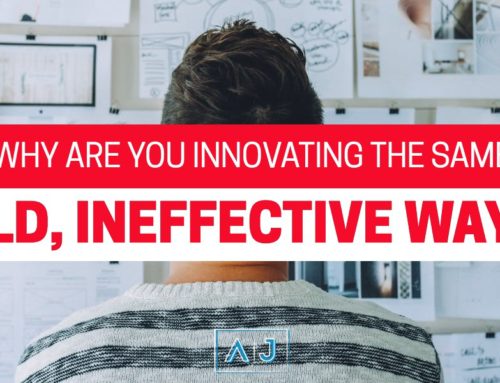
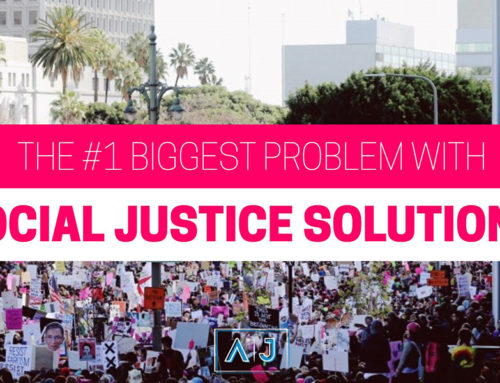

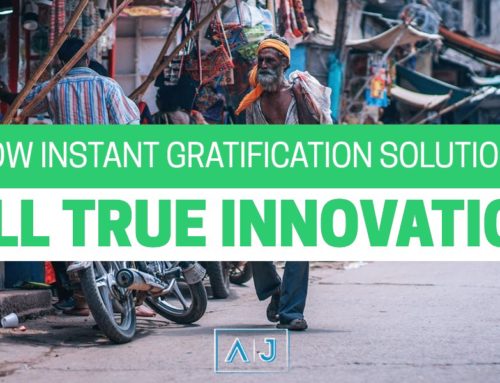
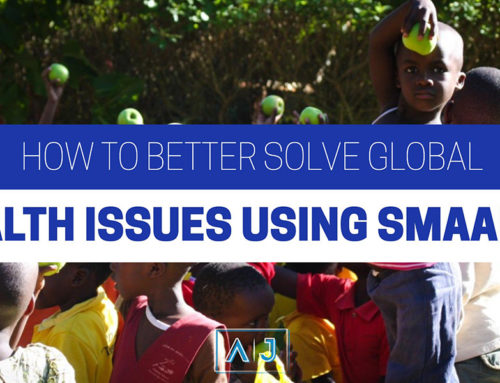
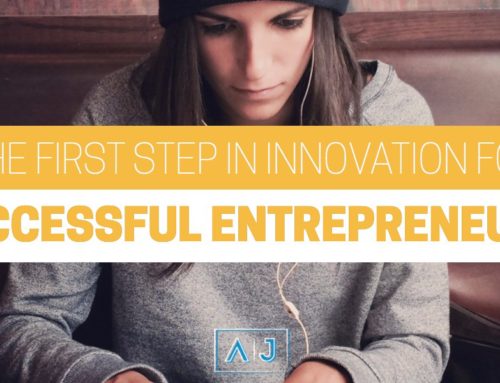
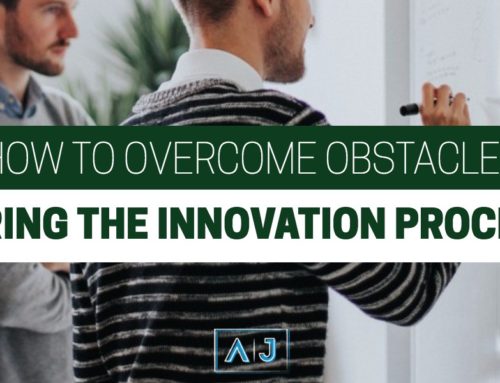

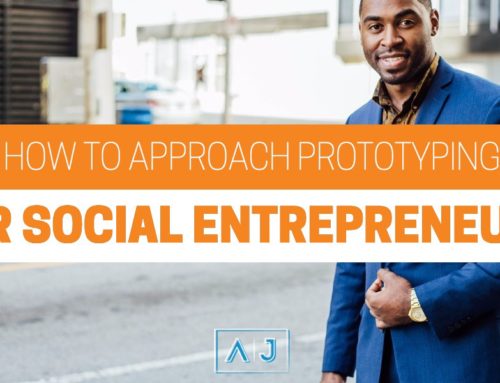


Leave A Comment